I'm trying to replicate the effect of this LED panel I found at Home Depot with a different set of LEDs and use a differently sized panel. It's basically just a diffused light that mimics a window or skylight.
It's 2x2ft and produces 4250 lumens and has selectable color temps (daylight white, bright white, soft white) with a switch-based color temp selector.
Upon inspection, I realize that it uses some type of edge lit material, but I'm not sure what. My goal is to diffuse light through the panel uniformly using an RGBW strip, maybe something like Philips Hue. I'm not sure if the panel should be clear with a backing or frosted.
What are the best materials to use for this?
Edit: I found a teardown of the panel on youtube. No identification of where the material is from exactly, but maybe will aid the answerers.
